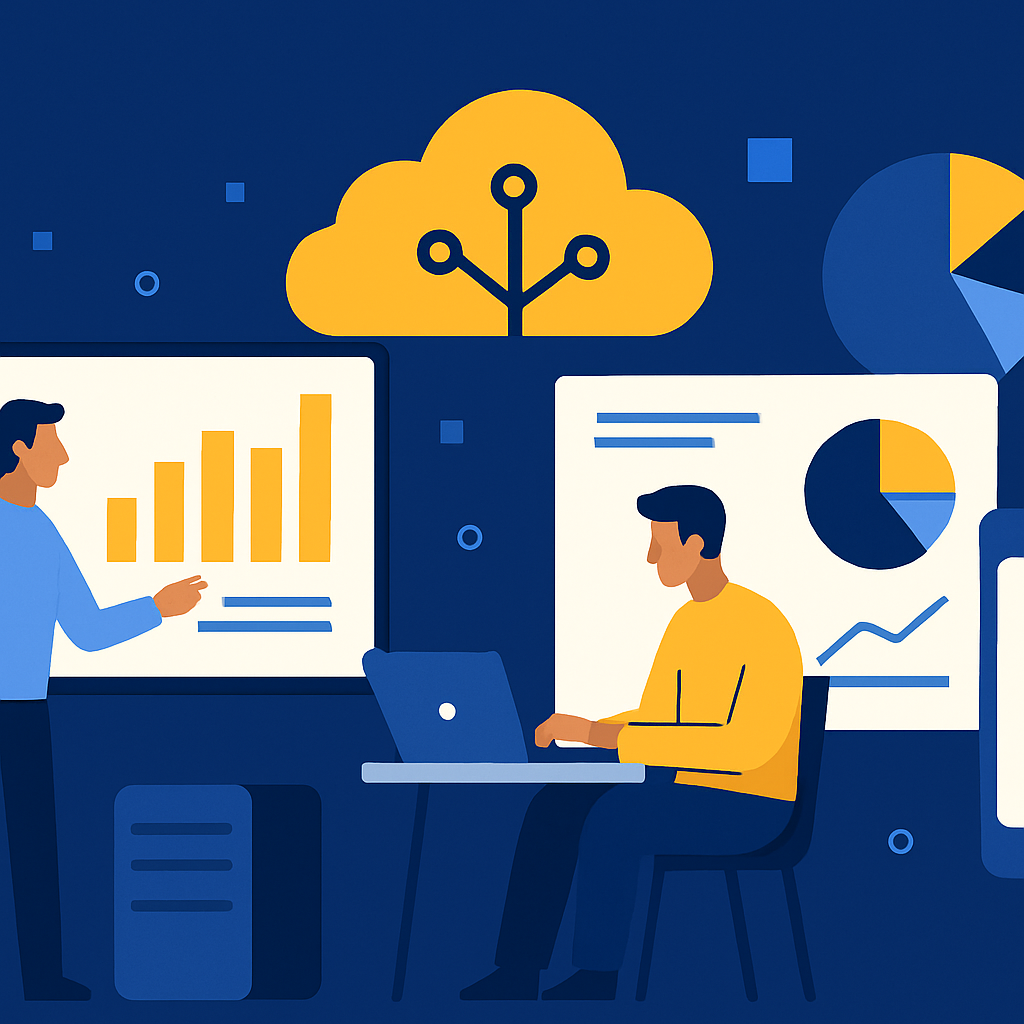
Harnessing Edge Computing Architectures for Enterprise Agility
Edge computing is rapidly emerging as a critical enabler for digital transformation. By processing data closer to where it is generated, enterprises can reduce latency, optimize bandwidth usage, and respond to business events in real time. For C-level executives and IT decision-makers, understanding how to design and implement edge computing architectures is essential for maintaining competitiveness in a data-driven economy.
Why Edge Computing Matters for Modern Enterprises
Traditional cloud architectures centralize data processing, which can lead to latency issues and inefficiencies when dealing with real-time applications such as industrial IoT, autonomous vehicles, or healthcare monitoring systems. Edge computing addresses these challenges by decentralizing processing power, enabling:
- Faster response times through local data processing
- Reduced network congestion and bandwidth costs
- Improved reliability in environments with intermittent connectivity
- Enhanced data privacy by keeping sensitive information closer to its source
Actionable Steps for Implementing Edge Architectures
For executives looking to integrate edge computing into their enterprise technology strategy, consider the following practical guidance:
1. Align Edge Strategy with Business Objectives
Start by mapping edge computing use cases directly to business goals. Whether it's predictive maintenance in manufacturing, real-time fraud detection in financial services, or personalized retail experiences, each application should contribute measurable value. Our Digital Transformation ROI Calculator can help quantify potential benefits.
2. Integrate AI-Driven Insights
Edge architectures become significantly more powerful when paired with AI. Deploy models locally to enable instant decision-making without round-tripping data to the cloud. Explore our AI Solutions and AI Implementation services to accelerate AI deployment at the edge.
3. Address Security and Compliance Early
Decentralized architectures introduce new security considerations. Ensure robust identity management, encryption, and intrusion detection systems are in place. Our Security Services team specializes in securing distributed infrastructures, including edge deployments.
4. Optimize Data Flow and Governance
Establish clear data governance policies for edge devices and distributed systems. This includes defining what data is processed locally, what is sent to the cloud, and retention policies. Our AI Governance framework ensures compliance and ethical data use across your edge ecosystem.
Architectural Models for Edge Computing
Enterprises can choose from several architectural approaches depending on their operational needs:
Device-Centric Architecture
Processing occurs entirely on the endpoint device. Suitable for use cases requiring ultra-low latency, such as autonomous vehicle navigation or robotics control.
Gateway-Centric Architecture
Data from multiple devices is aggregated and processed at a local gateway before being sent to the cloud. Ideal for manufacturing plants or energy sector monitoring systems.
Hybrid Edge-Cloud Architecture
Combines local processing for immediate insights with cloud analytics for long-term trend analysis and strategic decision-making. Best for enterprises looking to balance performance with scalability.
Industry Applications of Edge Computing
Edge computing is reshaping operations across industries:
- Manufacturing: Real-time quality control and predictive maintenance (Manufacturing).
- Healthcare: Patient monitoring and diagnostics with minimal latency (Healthcare Solutions).
- Retail: Personalized in-store experiences and inventory optimization (Retail).
Measuring Success
To ensure ROI from edge computing investments, track metrics such as latency reduction, bandwidth savings, operational efficiency gains, and customer satisfaction improvements. Using tools like the Azure Architecture Advisor can help validate architectural decisions before large-scale deployment.
Future Trends and Considerations
Edge computing will increasingly integrate with AI, 5G networks, and advanced analytics platforms. This convergence will create opportunities for autonomous systems, immersive customer experiences, and hyper-personalized services. Enterprises that invest now in flexible, secure, and scalable edge architectures will be well-positioned to capitalize on these trends.
Conclusion
Edge computing architectures are no longer emerging concepts—they are strategic imperatives. By aligning edge initiatives with business objectives, leveraging AI, ensuring robust security, and adopting the right architectural model, organizations can unlock unprecedented agility and innovation. Our Digital Transformation practice can guide you through the entire journey, from strategy to execution.


